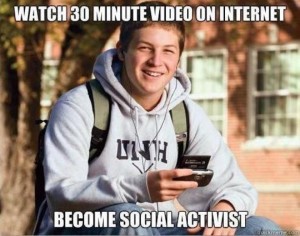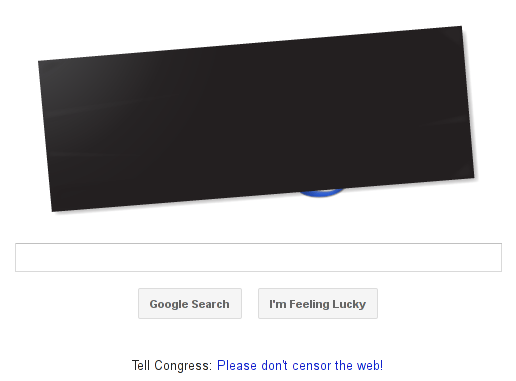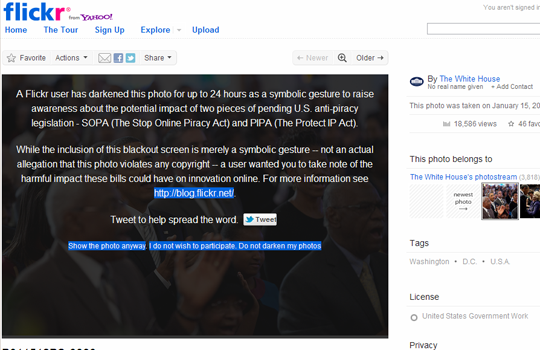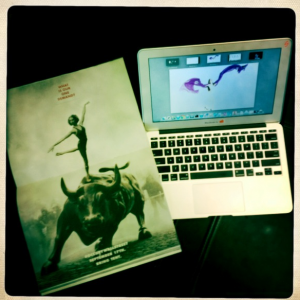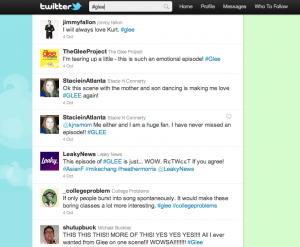Civic Paths hosted Jane Junn, Professor of Political Science at USC. Her talk focused on election data, in particular on voter turnout and who specific demographic groups voted for over the last 10 Presidential elections. Junn’s main argument was to advocate for the need to take intersectionality into account when interpreting election data, in particular, her work highlighted the disparities between the voting patterns of white women and women of color. She argues that, while white men tend to vote more Republican and persons of color tend to vote more Democrat, white women tend to move between parties and that movement is, in certain years, enough to swing elections one way or another. Junn argues that the usual analyses of election data seem to report data on women as a group or on persons of color, but not the intersection of the two, even though women of color face a different set of challenges than white women do in society.
Junn argued for several points:
- We can’t use old models that think about 1960s America without thinking about the changing population.
- Rather than always comparing to men, the model voter should be women.
- The key – for Obama: getting minority turnout; for Romney – turnout of white women
- Categorization matters since group categorization alters the way people think about themselves and systematically alters the group behavior
- Latinos, not considered a racial group in the census until 1977, play an increasingly larger role in election turnouts
- A general call for the formation of politically relevant categories
- There is a need to think about categories intersectionally
- Categories that have a structural significance, are more interesting analytically than those that are hierarchically ordered


